Is Balmain part of Dior?
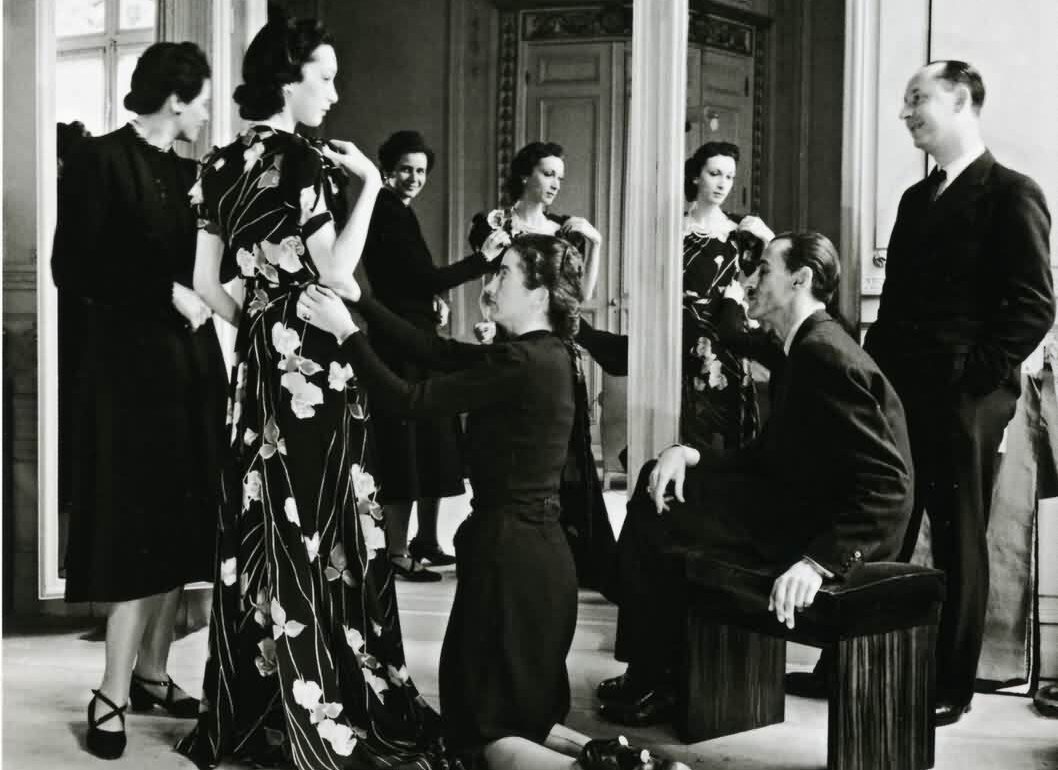
In the fashion world, questions often arise about the relationship between different fashion houses. One such question is: Is Balmain part of Dior? Both brands have a rich history and significant influence on global fashion. Their founders, Pierre Balmain and Christian Dior, played key roles in shaping French haute couture after World War II. Despite some historical ties, they are now separate and independent fashion houses.
Is Balmain part of Dior?
Balmain was founded in 1945 by Pierre Balmain, while Christian Dior opened its fashion house a year later, in 1946. The two designers worked together at Lucien Lelong’s Paris fashion house during World War II before making a name for themselves, which often leads to the mistaken assumption that their brands are still connected today. Balmain is not part of Dior – they are two separate and independent fashion houses that, although they share French roots and were founded at almost the same time, developed on completely different paths.
In fact, Balmain and Dior today operate under completely different ownership structures. Balmain is now owned by Qatar-based investment group Mayhoola for Investments, which also owns other luxury brands such as Valentino. Dior, on the other hand, is owned by the powerful conglomerate LVMH (Moët Hennessy Louis Vuitton), the world’s largest luxury goods group, whose chairman is Bernard Arnault. Although both brands play a key role on the world fashion scene and often compete for the attention of the same customers, they have no formal ties or capital dependencies with each other. Their distinct aesthetics, marketing strategies and artistic identities underscore their independence and unique places in fashion history.
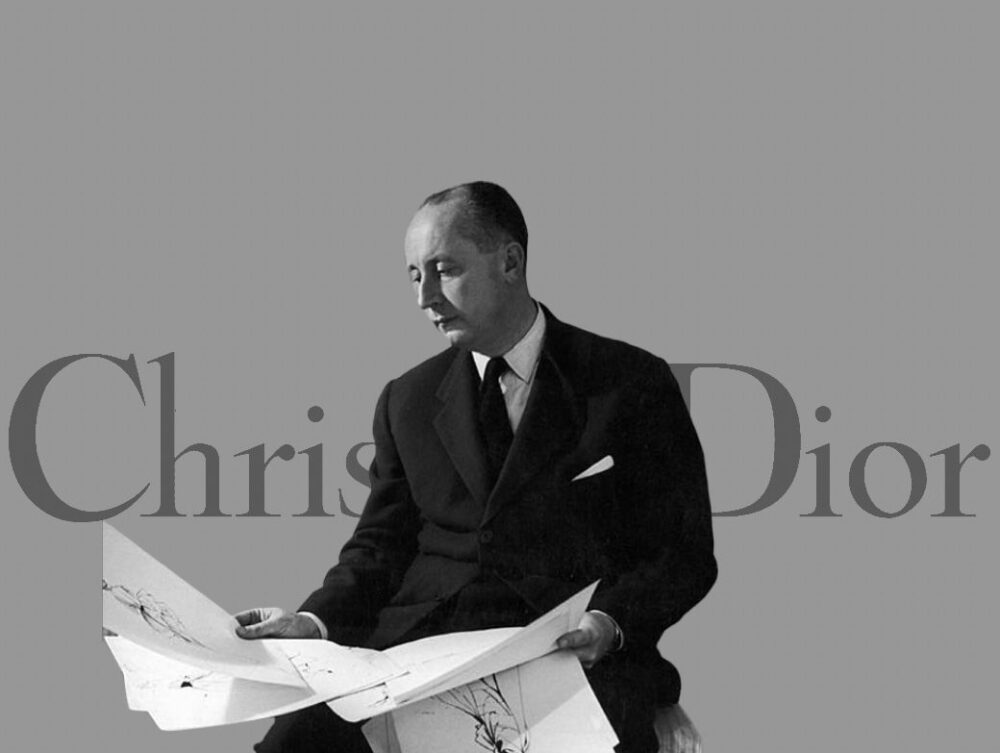
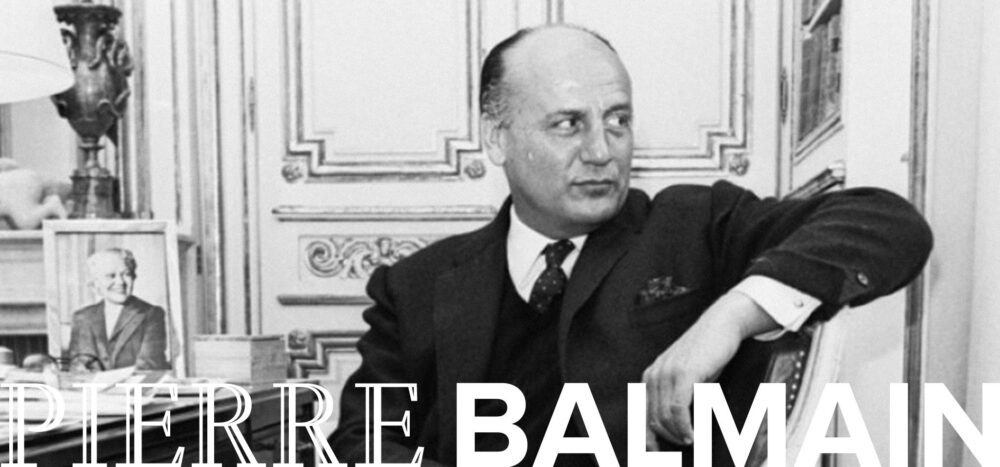
History and links between Balmain and Dior
Pierre Balmain and Christian Dior worked together at Lucien Lelong’s fashion house. These were difficult times of occupation, in which the Parisian fashion had to face many constraints – both material and political. Despite unfavorable conditions, Balmain and Dior, as young, talented designers, worked together on collections. They aimed not only to uphold the French tailoring tradition, but also its prestige on the international stage. Their creative collaboration during this period was the beginning of a long-standing friendship and mutual respect.
After the war ended, the two designers decided to follow their own paths and set up independent fashion houses. Balmain in 1945, a Dior A year later, in 1946, their brands were almost immediately a huge success. They contributed to the revival of French haute couture and became a symbol of post-war elegance and luxury. Although their professional paths diverged, their shared past at the house of Lelong makes for an interesting historical thread that is permanently etched in the history of fashion.
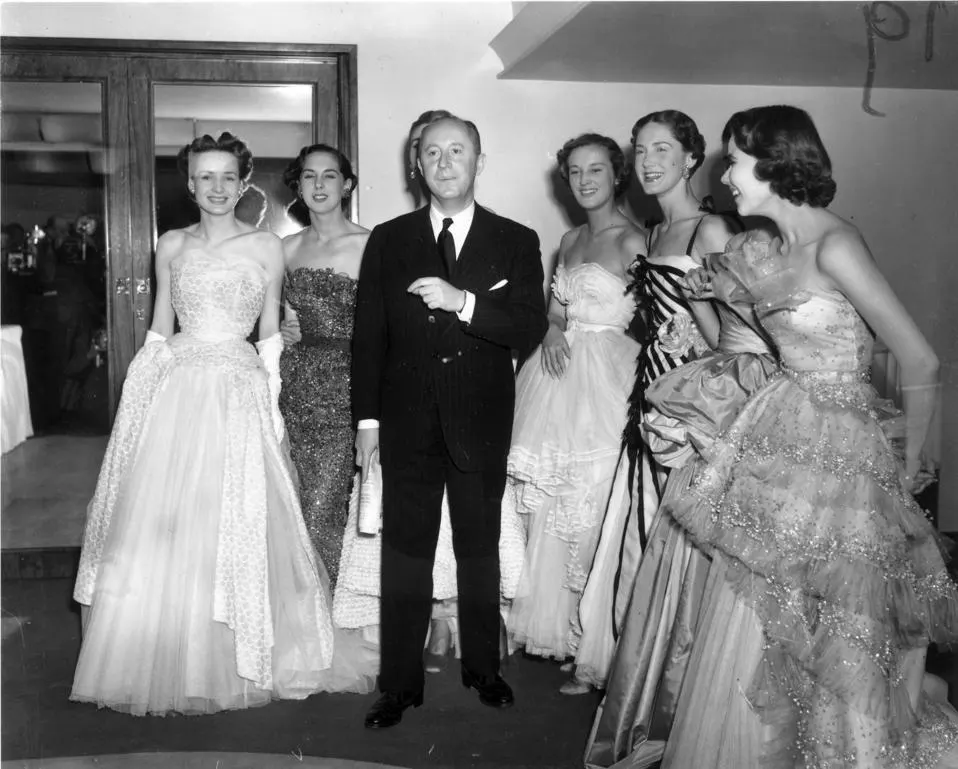
Fashion icons, two different legacies
Balmain and Dior, were created almost simultaneously and grew out of the same cultural circle of post-war Paris. Over the years, however, they have developed completely different approaches to design, aesthetics and communication with their audiences. Both brands draw on the rich French heritage of haute couture, but each interprets it on its own terms. Dior focuses on classics, finesse and timeless feminine elegance, while Balmain opts for distinctiveness, modernity and bold form, often with elements of theatricality.
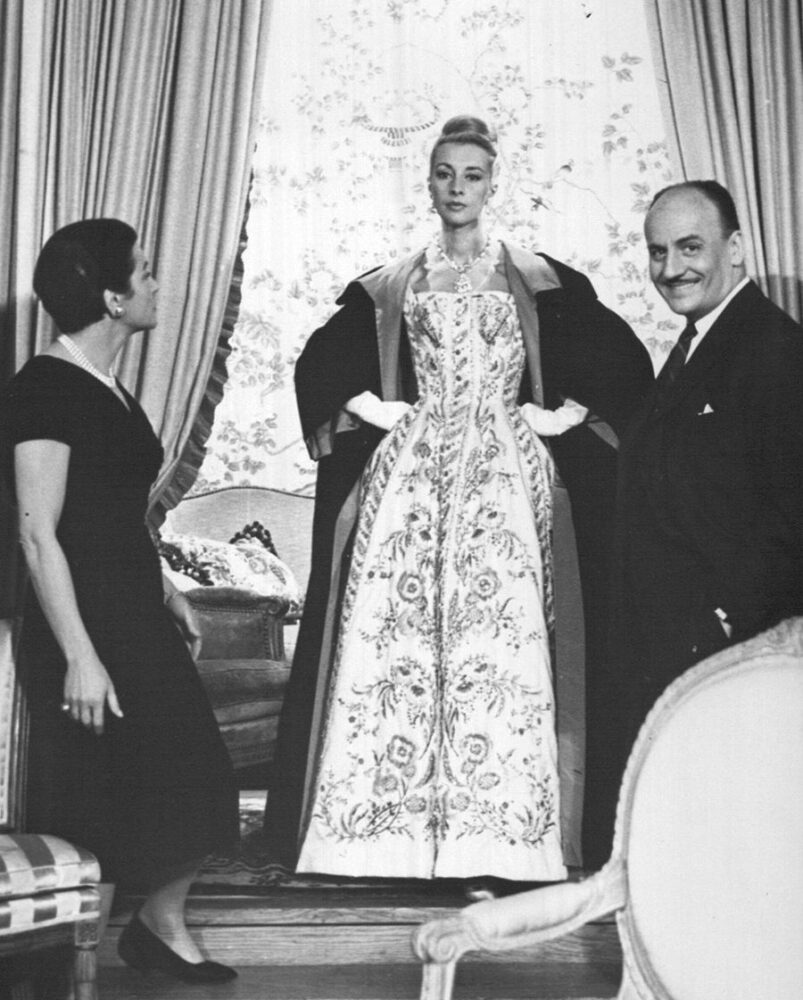
These differences are evident not only in the designs, but also in the media strategies, the choice of ambassadors and the way they are present in popular culture. While Dior maintains a certain distance and an air of sophistication, Balmain boldly reaches out to collaborate with pop culture stars and influencers, building an energetic and more direct identity around itself. Despite their common roots, today they are two separate worlds that represent different – though equally influential – visions of luxury and modern fashions.
Different visions of luxury
Although both Dior and Balmain are symbols of superior quality, prestige and refined craftsmanship, their view of luxury differs significantly. Both in terms of aesthetics and brand philosophy. Dior consistently focuses on timeless elegance, subtle grace and classic forms that emphasize femininity and fine materials. Its designs are balanced, elegant and firmly rooted in the tradition of French haute couture.
Balmain, on the other hand, boldly explores the boundaries of form, silhouette and visual expression. The brand is not afraid of risks, intense embellishments, futuristic inspirations or controversial motifs. Because of this, its collections often evoke strong emotions and resonate with a modern, confident audience. Both brands target different customer groups, offering unique and consciously constructed aesthetic experiences. Dior in the spirit of classic, discreet elegance, while Balmain with a bold, dynamic and often provocative narrative, responding to the rhythm of contemporary culture.
Contemporary fate of both brands
Today, Balmain and Dior continue to operate as independent and distinctly differentiated entities in the fashion world. Balmain, under the leadership of creative director Olivier Rousteing since 2011, has gained immense popularity for its modern, often provocative designs, which are perfectly in line with the aesthetics of the social media era. His style is characterized by sharp lines, rich embellishments and strong pop culture inspirations, which effectively attracts the attention of a younger, global audience.
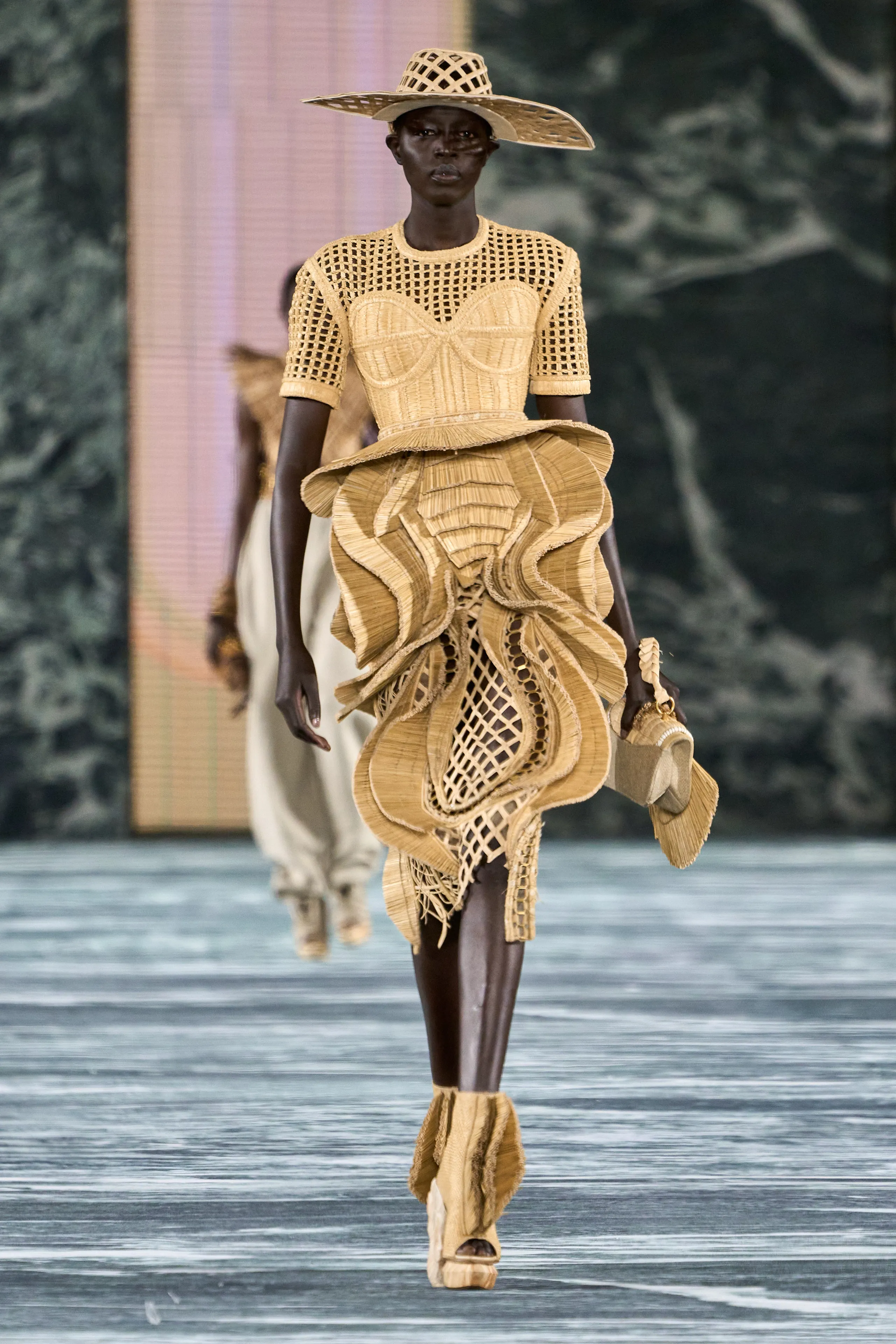
In contrast, Dior, led by Maria Grazia Chiuri – the first female creative director in the brand’s history – remains true to its tradition of elegance, finesse and feminine power. Chiuri often references social and feminist themes in her designs, while harmoniously blending Dior’s heritage with modern sensibilities. The two brands, although stylistically different, remain leaders in the industry luxury fashions. They are constantly redefining their place in the market and responding to the needs of modern audiences. Their influence goes far beyond the runways – they shape not only trends, but also the way fashion comments on reality. Thanks to this adaptability and expressiveness, both Dior and Balmain retain a unique position in the world of global culture.
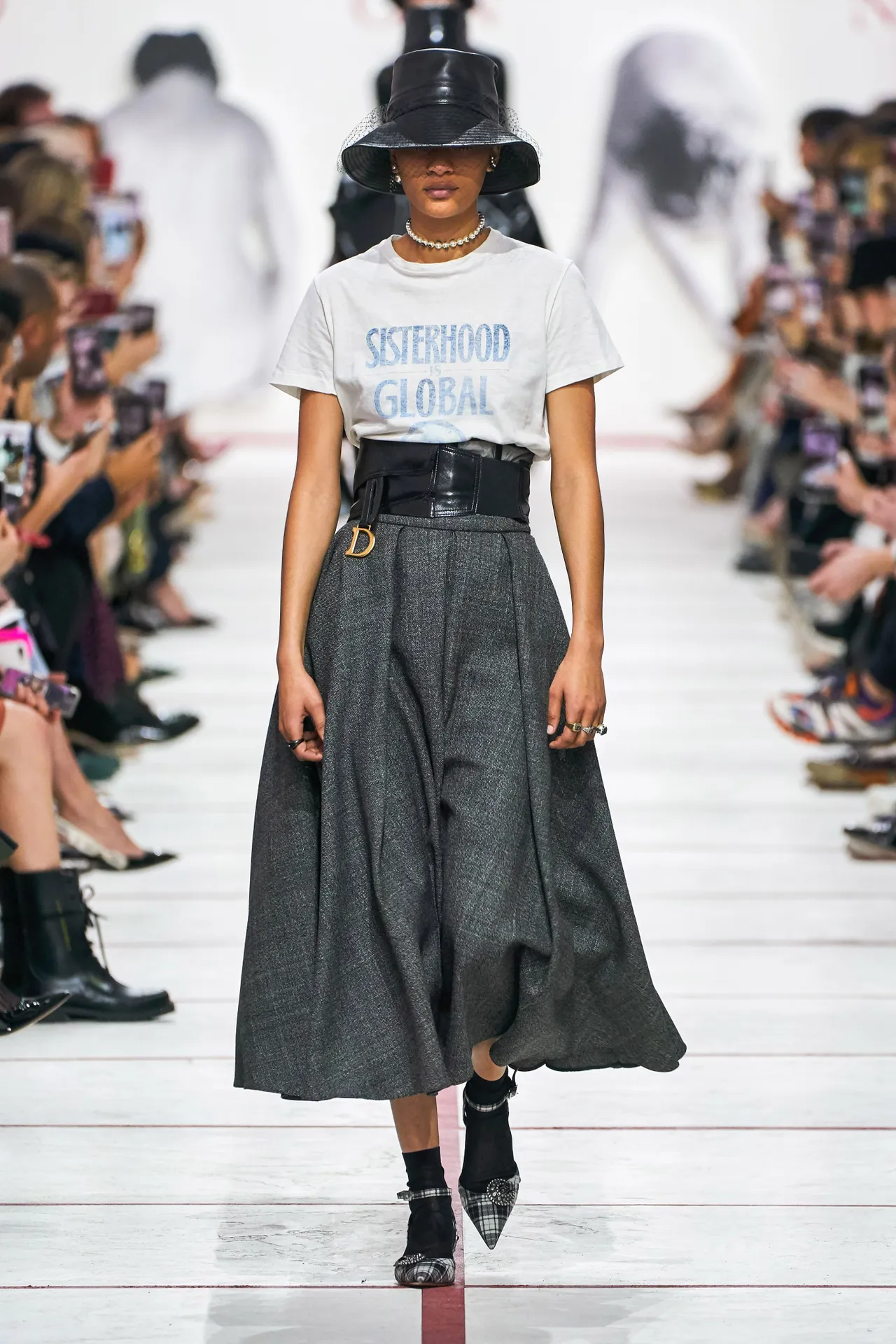
Independent ways in the fashion world
Although Pierre Balmain and Christian Dior shared a professional history and a relationship based on mutual respect and friendship, their careers went in different directions. The fashion houses they founded developed independently of each other. Each brand built its own identity and developed a distinct stylistic language, which over time became its trademark.
Currently, Balmain and Dior are two strong and distinct fashion houses. They operate under different ownership structures, have their own creative teams and different approaches to communicating with customers. Both brands are rooted in the tradition of French haute couture. However, their aesthetic visions and business strategies reflect completely different priorities and values. As a result, both have managed to maintain their uniqueness and strong position in the global fashion market.





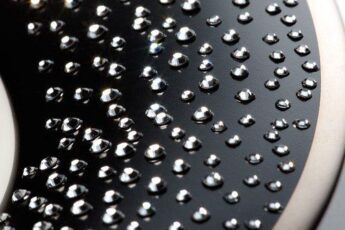

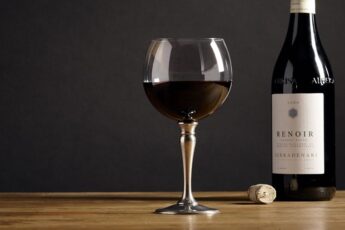
Leave a Comment